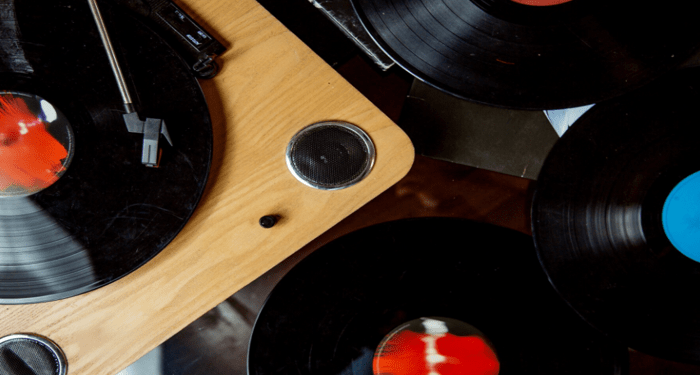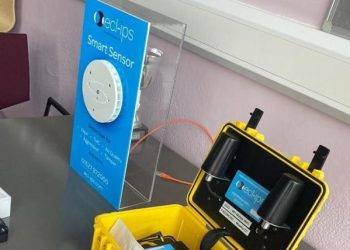Vinyl record production is experiencing a renaissance, defying predictions of its demise in the face of streaming services like Spotify. Vinyl’s tactile appeal, superior sound quality, and collectible nature have fueled its comeback. This blog explores the factors driving the vinyl revival, its impact on the music industry, and what lies ahead for vinyl record production.
The Vinyl Revival Explained
The resurgence of vinyl record production began in the early 2000s, with sales growing steadily. In 2024, vinyl outsold CDs in the U.S. for the third consecutive year, according to the RIAA. This revival is driven by nostalgia, a desire for physical media, and the appeal of vinyl’s warm, analog sound, which contrasts with digital compression.
The Role of Collectors and Audiophiles
Collectors and audiophiles are key drivers of vinyl record production. Limited-edition releases, colored vinyl, and reissues of classic albums attract fans willing to pay a premium. For example, Taylor Swift’s vinyl releases consistently top charts, with fans valuing the collectible aspect. Audiophiles also prefer vinyl for its dynamic range and immersive listening experience.
Challenges in Meeting Demand
The vinyl boom has strained vinyl record production capacity. Many pressing plants rely on aging equipment, and new presses are expensive to install. This has led to long lead times, sometimes up to a year, frustrating artists and labels. Investments in new facilities are helping, but supply chain issues, like vinyl shortages, remain a hurdle.
Innovations in Production
To meet demand, vinyl record production is evolving. New pressing technologies improve efficiency, while eco-friendly vinyl options address sustainability concerns. Some plants offer quick-turnaround services for small runs, catering to indie artists. These innovations ensure vinyl remains viable despite production challenges.
Vinyl’s Cultural Impact
Vinyl records are more than a medium; they’re a cultural phenomenon. Record Store Day, launched in 2008, has become a global event, boosting sales and community engagement. Vinyl also fosters a deeper connection between artists and fans, as physical records encourage intentional listening and appreciation of album art.
The Future of Vinyl Production
The future of vinyl record production is bright, with continued growth expected. As streaming dominates, vinyl’s niche appeal will sustain it, particularly for genres like rock, jazz, and hip-hop. By embracing sustainability and innovation, the industry can overcome challenges and thrive in the digital age.
Vinyl record production is a testament to the enduring power of physical media, blending nostalgia with modern innovation.











